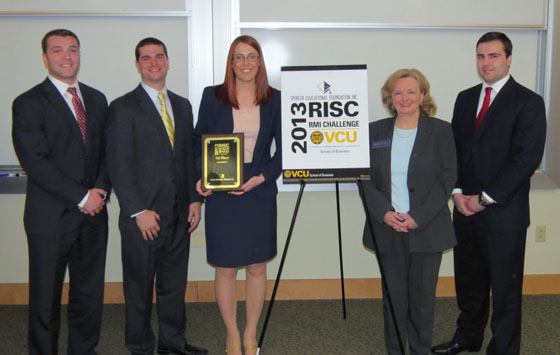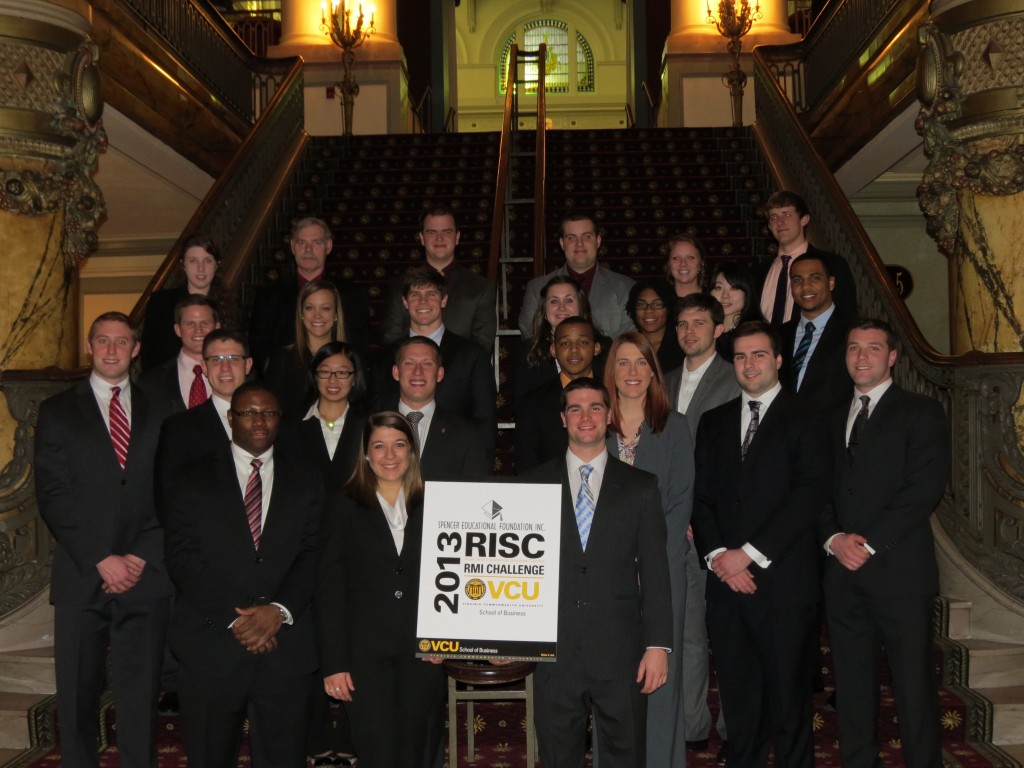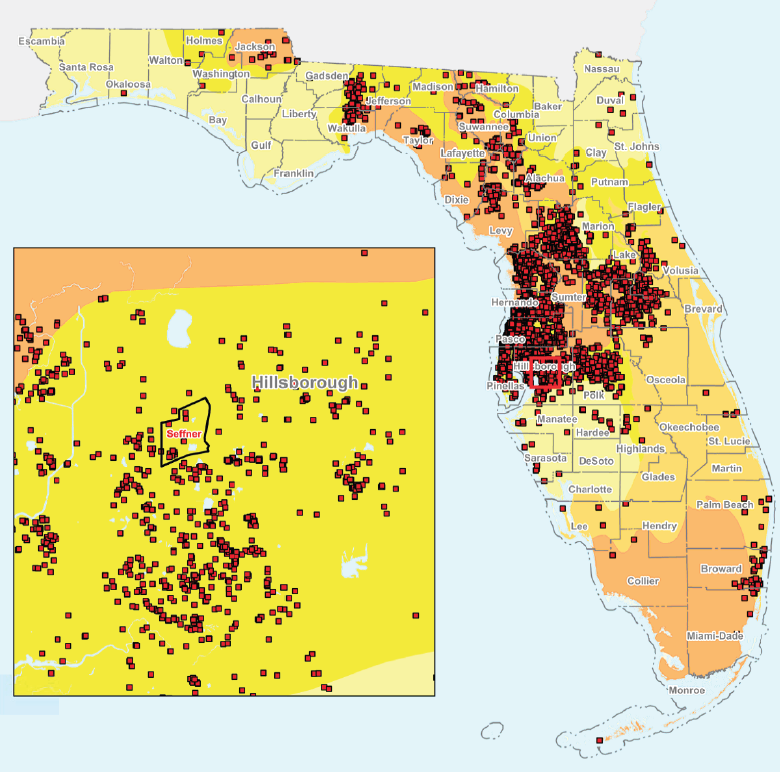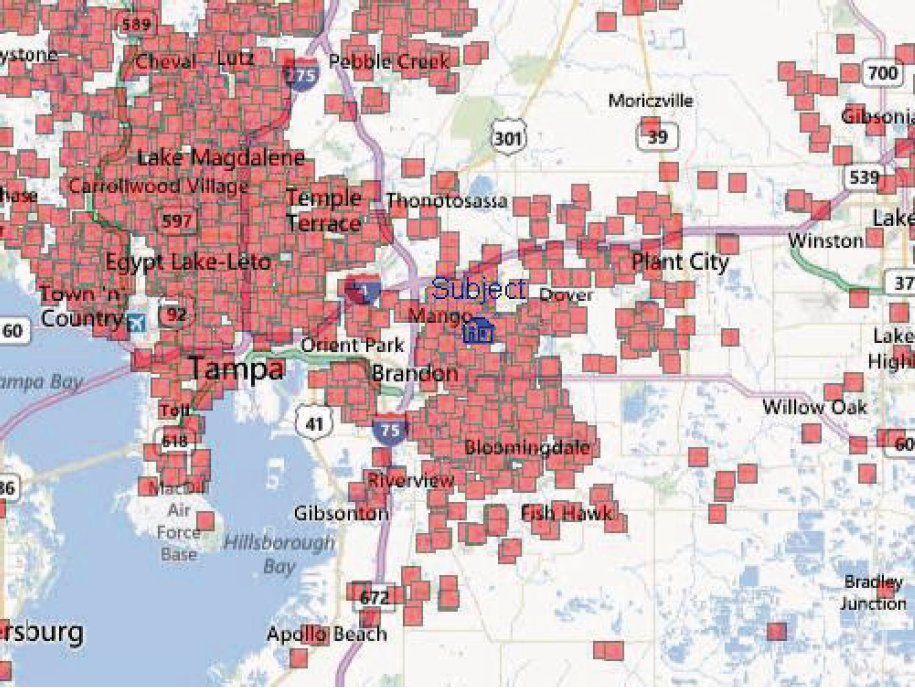Spring break is upon us and underage drinkers across the nation may be engaging in risky business. But just as the following tips are appropriate for spring breakers, they’re also useful for business travelers, especially since conference season is upon us. With that in mind, On Call International released the following tips for safe travel, whether it’s for a break from the books or the never-ending string of conferences that begin .
1) Go on a learning spree. Whether you’re a seasoned traveler or not, it’s important to gather as much information as you can about your destination before you depart, from both a health and safety standpoint. This includes finding out if there are any particular areas or hot spots you should avoid in your destination.
2) Don’t broadcast on social media that you’re away. Period. According to research, over 1/3 of social media users post status information regarding travel plans. Though it’s tempting to post Facebook and Twitter updates letting your social networks know how much fun you’re having on your trip, try to resist the urge. Letting the world know that you’re not home makes you a prime target to potential crooks and other criminals.
In addition to casing neighborhoods and dark parking lots, criminals now browse social media channels for vacation updates and Facebook “check-ins” to places near and far. And with social media networks’ privacy policies constantly changing, it’s not always smart to assume you’re safe even if your social profile settings are set to private.
3) Play by the rules. If you’re traveling to another country, learn what documentation is required to enter and leave the country as well as the country’s laws and criminal penalties. Laws in other countries are often quite different from those in the U.S. For example, some countries cannot honor foreign prescriptions (all the more reason to make sure you have all your prescriptions filled before you leave, regardless of where you’re going).
4) Invest in a TSA-approved lock. While you can use a normal lock for your suitcase, the Transportation Security Administration (TSA) has the right to cut it off if they need to inspect your belongings. However, if you have TSA-approved locks, you will still have a lock after the inspection because TSA officials use a universal master key, (and they are required to leave you a note if they have opened it). TSA-approved locks are available at airports and retail stores nationwide.
5) Make sure you can stay in touch. Contact your cell phone carrier and make sure you’ll have phone service while you’re away and ask how much it will cost to send and receive texts, phone calls and emails.
If you’re traveling out of the country, you can usually negotiate a special rate or temporarily sign up for a plan so you can reach out (or be reached) if needed.
6) Know what to do in an emergency. We all know who to call for help when we’re traveling domestically, but do you know the phone number for emergency response is not 9-1-1 outside of the United States? The State Department has compiled this handy list of emergency contact numbers in foreign countries—save the number used at your destination in your cell phone just in case you need it. And remember—after you call 9-1-1 (or the country’s equivalent), make sure to call your travel assistance provider in the event you need to be evacuated during a political upheaval or natural disaster or if you need emergency medical care and transportation.
7) Watch what you eat (and drink). Many travelers will experience a bit of intestinal upset during their lifetime, but a lack of caution about eating in some parts of the world can be downright dangerous to your health. If local water supplies are not safe to drink, don’t take chances.
Use bottled, boiled or sterilized water for drinking and brushing your teeth. Fruits and vegetables washed in local water can also be unsafe to eat—if you can’t peel it or it hasn’t been thoroughly cooked, do your best to politely decline. Street food can be perfectly safe, but watch to see that it’s being cooked well and choose vendors who regularly attract a large crowd.






